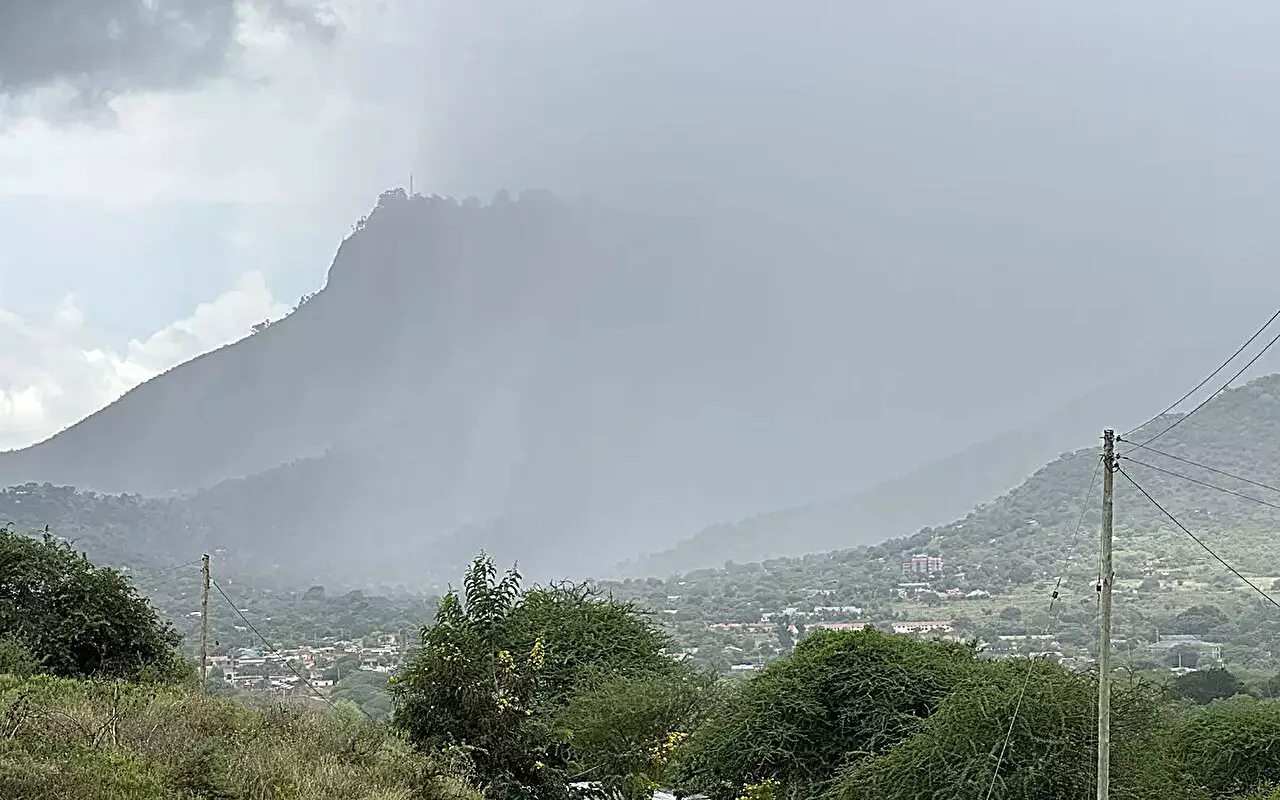Montane forests in Africa represent a crucial ecological zone characterized by unique climatic and topographical conditions. Situated on isolated mountains, these forests thrive in cool, moist settings, surrounded by a blanket of clouds that plays a pivotal role in their functioning. They serve not only as reservoirs of biodiversity, housing a plethora of unique flora and fauna, but also as vital sources of freshwater for the surrounding lowland populations. The mechanisms by which these forests trap and store moisture—particularly through fog interception—underline their significance as water towers for millions.
However, a recent study conducted by an international team of researchers hailing from Finland, Germany, South Africa, and Ethiopia has exposed a stark warning: the rampant deforestation occurring over the past twenty years has resulted in warming effects and cloud altitude increases that eclipse the impacts directly associated with climate change. The alarming findings of this study merit a deeper inquiry into the implications of forest loss in Africa.
The statistics presented in the study are staggering—an estimated 18% of Africa’s montane forests have been eradicated in the last two decades. This significant loss has led to a temperature increase of 1.4 °C and an elevation of cloud levels by 230 meters. These changes compound the vulnerabilities already exacerbated by climate change, presenting a dual threat to the region’s ecosystems and water resources.
Professor Dirk Zeuss from the University of Marburg underscores the worrisome ramifications of such trends. The rising temperature and shifting cloud patterns not only bolster the warming effect but directly compromise the delicate balance of water distribution within these montane regions. The ability of these ecosystems to harvest water efficiently diminishes when the cloud base is elevated, inhibiting the vital process of fog precipitation onto the forest canopy. The cascading effects of these changes extend beyond mere temperature rises; they jeopardize the very ecosystem services essential for survival in lowland communities.
The research elucidated the intricate process of fog water harvesting as a fundamental ecological service provided by montane forests. When clouds and fog descend, they deposit water on trees, which then drips down, enhancing soil moisture levels. This phenomenon is highly effective in forested mountain regions, as trees play a crucial role in improving water retention compared to open lands. Studies conducted in the Taita Hills corroborate that forested mountaintops receive up to 20% more water annually than non-forested areas, highlighting the critical role these ecosystems play in sustaining local hydrology.
Without the buffering capacity of forests, the loss of this hydrological service threatens not only biodiversity but also the livelihoods of millions who rely on these water sources. The forests act as natural barriers against soil erosion and floods, further emphasizing the need for robust conservation measures.
The study also highlights an alarming reality: as trees continue to disappear, the significant repercussions echo throughout the landscape, impacting both temperature dynamics and cloud formation processes. While some mountain areas may still experience cooling effects due to elevation, severe deforestation—projected at rates exceeding 70% of tree cover loss—can trigger warming phenomena even at higher altitudes.
Dr. Andreas Hemp’s long-term studies on Mt. Kilimanjaro reveal that around 50% of the forest cover has been lost since 1880, showcasing the urgent need for conservation strategies. The detrimental impacts of such losses extend beyond climate and into critical realms such as water supply and habitat conservation.
Professors and researchers alike call for immediate actions to mitigate these challenges. The study emphasizes that deforestation driven by agricultural expansions and logging activities poses an existential threat to African montane ecosystems. The health of these forests does not only influence local environmental stability but affects global biodiversity as well.
Utilizing innovative approaches, including satellite observations and data-driven methodologies, the researchers aim to advocate for sustainable management practices. The collaboration between various institutions provides a foundation for comprehensive strategies essential for protecting these vital ecosystems. Through concerted efforts, stakeholders must address the crisis of biodiversity loss and water resource degradation to safeguard both the present and future well-being of African lowland communities.
The findings and discussions stemming from this critical research serve as a clarion call for urgent intervention in Africa’s montane regions. The multifaceted impacts of deforestation on climate dynamics, water supply, and biodiversity cannot be overstated. With collective vigor, it is imperative to champion conservation efforts that not only prioritize the preservation of montane forests but also acknowledge their irreplaceable role in the ecological and economic fabric of the African continent.

